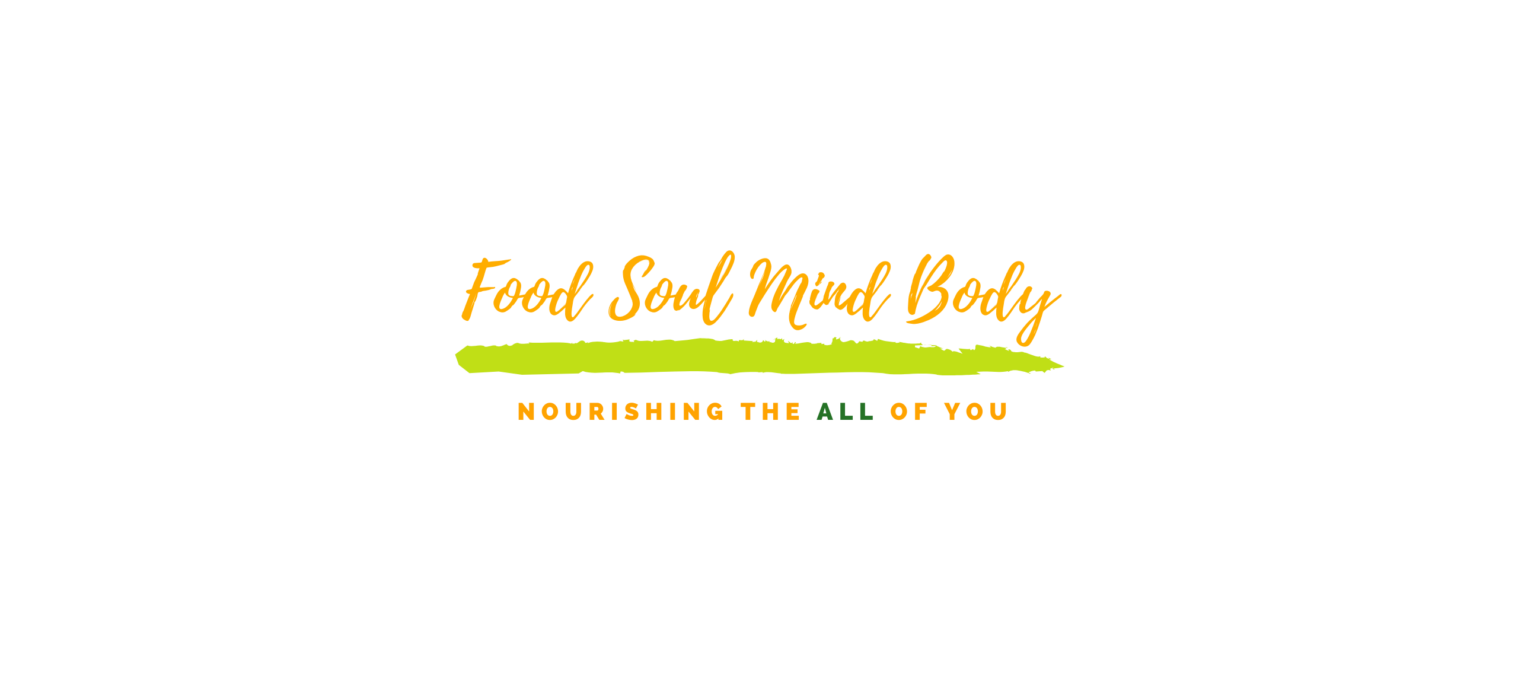
Cut it out, Sugar!
Who’s not trying to cut out sugar these days?
When I ask people why they’re “cutting out sugar” I usually get a response like, “I’m trying to eat healthier” or “I’m trying to lose weight”. The truth is, avoiding, or at least reducing one’s intake of added sugar to the level recommended in the Dietary Guidelines for Americans has health implications much more specific than just being healthier and far beyond just losing weight. Unfortunately, often when one thinks they’ve cut sugar out of their diet, they are actually still consuming significant amounts of added sugars without even realizing it.
So, what is added sugar?
Let’s start by clarifying the difference between added sugar and natural sugar, which is present in many of the nutrient-packed foods that can contribute to a healthy diet. Natural sugars are found in fruits, dairy, and yes, even vegetables and whole grains. While these foods do contain sugar, they also provide a host of beneficial nutrients, including dietary fiber, antioxidants, phytochemicals, vitamins, minerals, and other nutrients…stuff you don’t get from added sugar. (We’ll get more specific about natural sugars and the nutrients I just mentioned in future posts).
Added sugar, simply put, is sugar that is not found in a food naturally, but rather added to the food. Added sugars come in the form of granulated sugar (table sugar) stirred into a hot morning cup of coffee or tea, honey blended into an energy-packed smoothie, syrup drizzled over Sunday morning waffles, or brown sugar sprinkled atop a hearty bowl of oatmeal. These are some of the more obvious sources of added sugar we may knowingly consume at home or when dining out, as are soda, fruit drinks, sweetened cereals, baked goods (cakes, cookies, pies, etc.), and other desserts such as ice cream, puddings, and custards.
In addition to these obvious sources of added sugar, there are also many hidden sources. Sugar is frequently added to processed foods to enhance flavor, texture, shelf life, or other properties, and is oftentimes not so obvious. This may be because the sugar is listed as something other than “sugar” in the food label’s ingredient list or the food is not one in which you would expect to find sugar.
The Many Names of Sugar
Added sugar is known by many names…
- High fructose corn syrup (HFCS) – HFCS is 90% fructose, and there is strong evidence to support the claim that there are significant health risks associated with high consumption of HCFS.
- Agave Nectar – This added sugar is 55-97% fructose, depending on the brand. Given the evidence indicating the health risks associated with a high consumption of fructose, this sweetener is certainly not the healthy alternative it’s been touted to be.
- Anything with the name sugar in it is sugar (I know, that pretty much goes without saying). Examples include beet sugar, cane sugar, date sugar, invert sugar, turbinado sugar, and many others.
- Other forms of added sugars:
- Barley malt
- Brown rice syrup
- Corn syrup
- Corn syrup solids
- Dextrin
- Dextrose
- Diastatic malt
- Ethyl maltol
- Fruit Juice
- Glucose
- Glucose solids
- Honey
- Lactose
- Malt syrup
- Maltodextrin
- Maltose
- Molasses
- Rice syrup
- Sorghum Syrup
- Sucrose (Table Sugar)
It may surprise you to know that the following foods, unless otherwise labeled, all contain significant amounts of added sugars, often in the form of high fructose corn syrup:
- BBQ Sauce
- Bread
- Canned Soups
- Crackers
- Flavored Yogurt
- Frozen Pizza
- Frozen Meals
- Instant Oatmeal
- Ketchup
- Peanut Butter and Other Nut Butters
- Pretzels
- Protein Bars
- Protein Powders
- Salad Dressing
- Spaghetti Sauce
- Sports Drinks
This list is, in fact, a small sample of foods that may seem like they wouldn’t contain added sugars, but in fact, do. The great news is you have a readily available tool to help you easily find these hidden sources of added sugar. It’s called an ingredient label!
Now that you know what you’re looking for and where and how to find it, so let’s talk about what to do with that information.
Guidelines for Added Sugar Consumption
According to the 2015-2020 Dietary Guidelines for Americans, no more than 10% of our calories should come from added sugars. So, if for example, you consume on average 2,000 calories daily, then no more than 200 of those calories should come from added sugar. That’s about 12 teaspoons, or 50 grams, of sugar.
The American Heart Association recommends that women have no more than 100 calories of sugar per day (25 grams or about 6 teaspoons) and men have no more than 150 calories (37.5 grams or about 9 teaspoons). That is close to the amount in a 12-ounce can of soda. Wow! Stop for a moment and think about that. Many Americans consume several cans of soda per day, in addition to the many other sources of added sugar they are consuming.
Why Limiting Added Sugar Intake is Important
Added sugar is just a bunch of empty calories, calories that contribute nothing else in the way of nutritional value.
More concerning than the contribution of empty calories, however, is the fact that excessive intake of added sugars increases one’s risk for high blood pressure, diabetes, chronic inflammation, weight gain, and fatty liver, all of which are risk factors for heart attack and stroke.
High amounts of added fructose appear to be especially harmful. Studies over the past several years have indicated the damaging effects high fructose intake has on the liver. An animal study recently published in Cell Metabolism provides the clearest causal research to date demonstrating how a high-fructose diet interferes with the liver’s ability to metabolize fat. This leads to the accumulation of fat in the liver, or fatty liver, a condition associated with insulin resistance and dyslipidemia, risk factors for diabetes and heart disease. This means it is especially important to minimize your intake of added sugars that are high in fructose, this includes any food containing high fructose corn syrup (HFCS).
Most Americans Consume Way Too Much Added Sugar
According to WorldAtlas, the United States consumes more sugar per capita than any other country in the world! (Not one of our more favorable claims to fame).
According to the USDA, the average American gets 270 calories of added sugars each day. That’s about 17 teaspoons of sugar. the American Cancer Institute claims, at least for men, that number is 24 teaspoons, and The Diabetes Council puts that number even higher, a whopping 25 teaspoons!
So, all in all, that pretty much means we’re eating A LOT of sugar!
How to Reduce and Minimize Intake of Added Sugar
Perhaps you stopped adding sugar to your coffee and iced tea long ago, and you now manage to eat oatmeal without the brown sugar you used to sprinkle on top. Maybe you no longer slather jam on your toast or stir honey into your tea. That’s great! You’re already on your way but be aware you may still be consuming far more added sugar than you realize, and perhaps enough to be increasing your risk for a number of chronic diseases. Don’t get discouraged. Just get started identifying the added sugars in your diet and working toward minimizing them.
To further reduce your intake of added sugars…
- Be aware of the sources of added sugars and READ INGREDIENT LABELS!
- Obvious Sources: soft drinks, fruit drinks, cookies, cakes, candy
- Hidden Sources: breakfast cereals, condiments, frozen meals, protein bars and drinks, sauces, and soups, and frankly, most processed foods, and more
- Select alternatives that contain no added sugars. Again, READ INGREDIENT LABELS!
- Whenever possible, eat fresh fruits and vegetables and freshly prepared meals rather than pre-prepared and frozen options
- Drink flat or unsweetened sparkling water or coffee and tea with no sugar added in place of soda and other sugary drinks
Does this Mean no More of the Sweet Things in Life?
I don’t know about you, but there are some sweet, sugary things, that when consumed, just make life itself a bit sweeter, like my sister, Laura’s perfect cinnamon rolls or melt-in-your-mouth chocolate chip cookies fresh from the oven, my daughter, Siri’s perfectly moist and beautifully decorated cakes presented with love, and yes, even Ben & Jerry’s Mint Chocolate Cookie ice cream straight out of the grocer’s freezer case. Personally, I believe there is a time and a place for added sugar, but if we desire good health and aim to minimize our risk for the chronic conditions associated with excessive added sugar intake, we need to consume sparingly, choose purposefully, and make it count!
To Sum it Up
Excessive intake of added sugars is bad for your health and may contribute to several chronic diseases. High intakes of added fructose appear to be especially risky due to their damaging effects on the liver and the risk it causes for other chronic conditions including diabetes and cardiovascular disease. Added sugar is found in many forms, some much less obvious than others. Added sugar intake should be limited to 25-50 grams, or about 6-12 teaspoons per day (depending on which guideline you follow), far less than is currently consumed by the average American. But, there is hope! The best way to minimize added sugars in your diet is to read labels (search labels for the terms included in this post), select foods with no added sugars, and, whenever possible, choose fresh rather than processed foods. And, getting back to those of you cutting out sugar because you’re “trying to eat healthier” or “trying to lose weight” if you follow these guidelines, chances are you will!






10 Comments
Laura Atterberry
EXCELLENT read!!! VERY, informative!!!
Thank you, Nicole!😊
nainsworth44
Thanks so much for your comment and feedback! I’m glad to hear you found this helpful and hope you’re already thinking of ways to apply to your own diet!
La Tonya Hudson
This is so great.
Thanks for sharing
nainsworth44
Thank you for your comment! I love this topic because it’s such an eye-opener. So many foods lining the health food aisle in the grocery store are packed with added sugar, and most people, unless they look at the label and know what they’re looking for, have no idea!
ExoRank.com
Awesome post! Keep up the great work! 🙂
nainsworth44
Thank you for your comment ad words of encouragement! The guidelines are pretty tough to meet, but my hope in sharing is to get people moving in the right direction.
Ken Herbert
Hi Nicole,
I have a family history Diabetes so this post hits home for me. I try to stay away from sugar but as the post points out its hard to do it completely because of the amount of hidden sources of sugar in our food. I will be much more aware of reading product label to avoid these sugars. Thanks for sharing your post.
nainsworth44
Thanks for your comment! I’m glad this post increased your awareness of the importance of reading the nutrition information on product labels. What you find when you read can be very eye-opening! I’ll be checking to see if you’re sticking to it 😉
Coffee Near Me
Thank you so much. At last, I found anarticle thath I am looking for quite a
long time. I hope it will help me .
King regards,
Lunding Henneberg
nainsworth44
Thank you for your message! I will share with you that when I wrote this post, my 9-year-old daughter started looking for added sugar on labels of items in the grocery store and actually started putting certain items back, opting for healthier choices! Best of luck in your efforts to reduce your sugar intake.